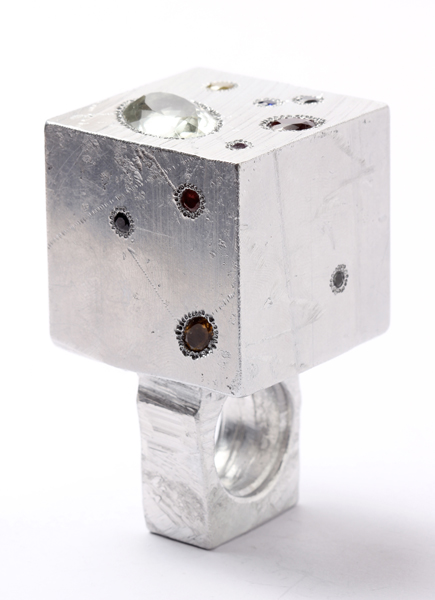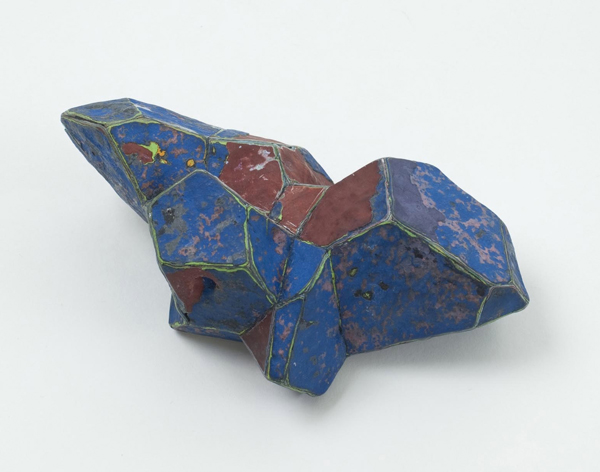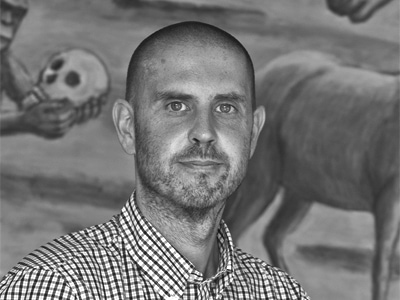Galleries exhibiting jewelry are an important part of our community and the people who run them have interesting backgrounds and stories to tell. In this interview Rosemarie Jaeger from Galerie Rosemarie Jaeger in Hochheim, Germany answered some questions posed by Damian Skinner.
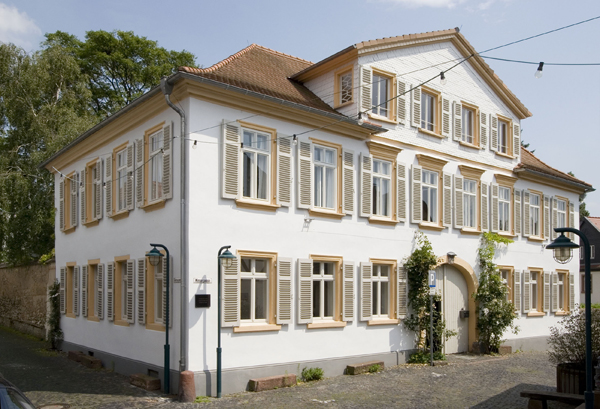
Rosemarie Jaeger: The house and adjoining buildings date from 1742, when they were built as part of a vineyard in Hochheim, at the southern end of the famous Rheingau Valley. The gallery is located in the building where the wine press formerly operated, as well as in two intimate baroque rooms within the main house. Wine from Hochheim, ‘hock’ as the English called it, was the most prestigious and costly white wine until the beginning of the twentieth century. The old garden, surrounded by high walls, somewhat resembles a ‘hortus conclusus’ while providing a very earthy daily challenge. However, it is a wonderful setting for the gallery, with a special atmosphere.
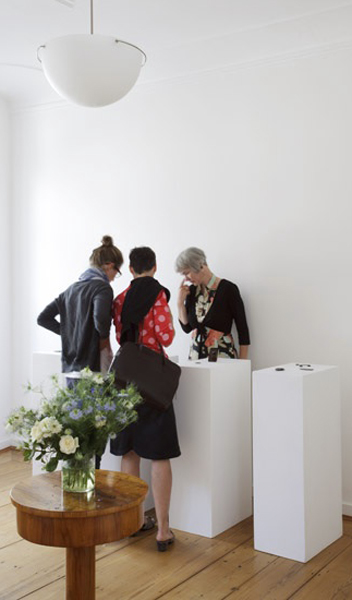
Although my focus is on jewelry and metalwork, I also show ceramics, glass, textiles, sculpture and sometimes paintings. The most important criterion in selecting artists is that I need to perceive the idea expressed in an object and that I am impressed by the workmanship of its execution. Despite the fact that jewelry plays such an important role, I seek to establish relations with other crafts, be it by revealing parallels, corresponding concepts or complementary aspects. The dialogue between different artists and crafts is very important to me. This approach is due to the fact that all crafts used to be an integral part of our culture, in all strata of society, while today very few of them continue to arouse interest or manage to thrive.

I would probably say that what I show in the gallery are pieces of art that impress you as objects when looking at them but that also feel very comfortable to wear, in that they express part of the personality of those who wear them. I try to explain the concept of art jewelry in general and seek to convey the idea behind a particular piece. What is important to me are the twofold aspects of every object, its intellectual implications as well as its sensual appeal. In this context my function is to create a relationship between the artist, their work and the client. The serenity and calm of the gallery’s setting, to my way of thinking, facilitates both the encounter and understanding.
The contemporary jewelry world is a broad church, with many congregations. If the whole scene was crowded together in a room, which groups would you want to hang out with?
I must admit to feeling very close to those artists who have had or continue to have strong ties with the Academy in Munich. Padua’s goldsmiths are another such group. However, there are so many more and one can’t help establishing personal bonds and feeling respect for so many interesting artists and their works.
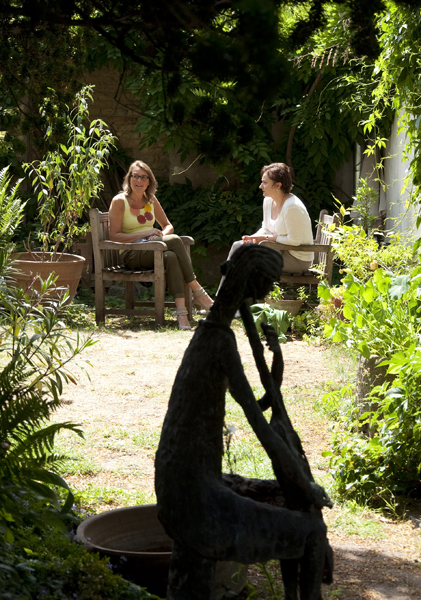
Can you give us some idea of the larger jewelry scene in Europe as you see it? What do you think is your special place within the field.
The European scene is very diverse, very vibrant with strong local traditions and a high level of competence with regard to established artists and the younger generation alike. The most important European academies have, over the time, enabled and ensured the creative process of their students. The function of galleries such as mine is to create connections between what happens at the academies and in the workshops and the market. We are the means of disseminating the ideas and the objects created by the artists and I myself am but a small element in this process of communication and encounter.
What are the three most interesting pieces of jewelry you’ve seen lately?
I have seen lots of interesting pieces, but these came to my mind immediately
Mirei Takeuchi, What’s Untitled, Neck jewelry, 2011, iron, steel
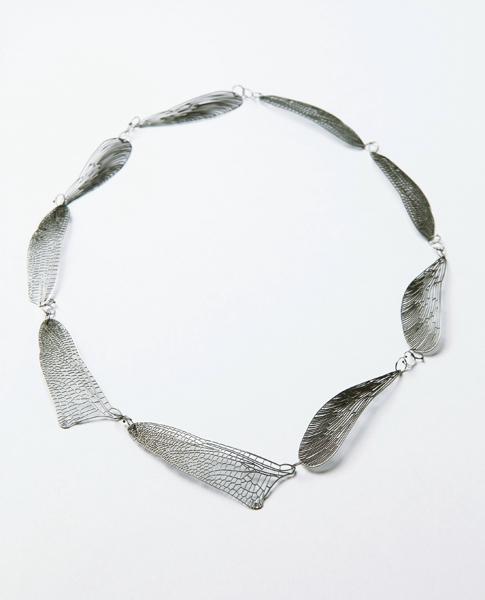
Flies forward and forward
Gradually losing her balance.
A wing of a dragonfly found on the road
Where is the owner of it?
Those transient souls
Have eternal powers of beauty
Which enchant everybody’s mind.
Mirei Takeuchi, Artist Statement
Carina Chitsaz-Shoshtary, What’s Left On Krypton – Blue Brooch, 2011, graffiti, stainless steel, mixed technique, 78 x 65 x 38 mm
Karl Fritsch, Ring, 2012, aluminum, yellow and black diamonds, rubies, sapphires, garnets, golden citrine, amethyst, green amethyst
